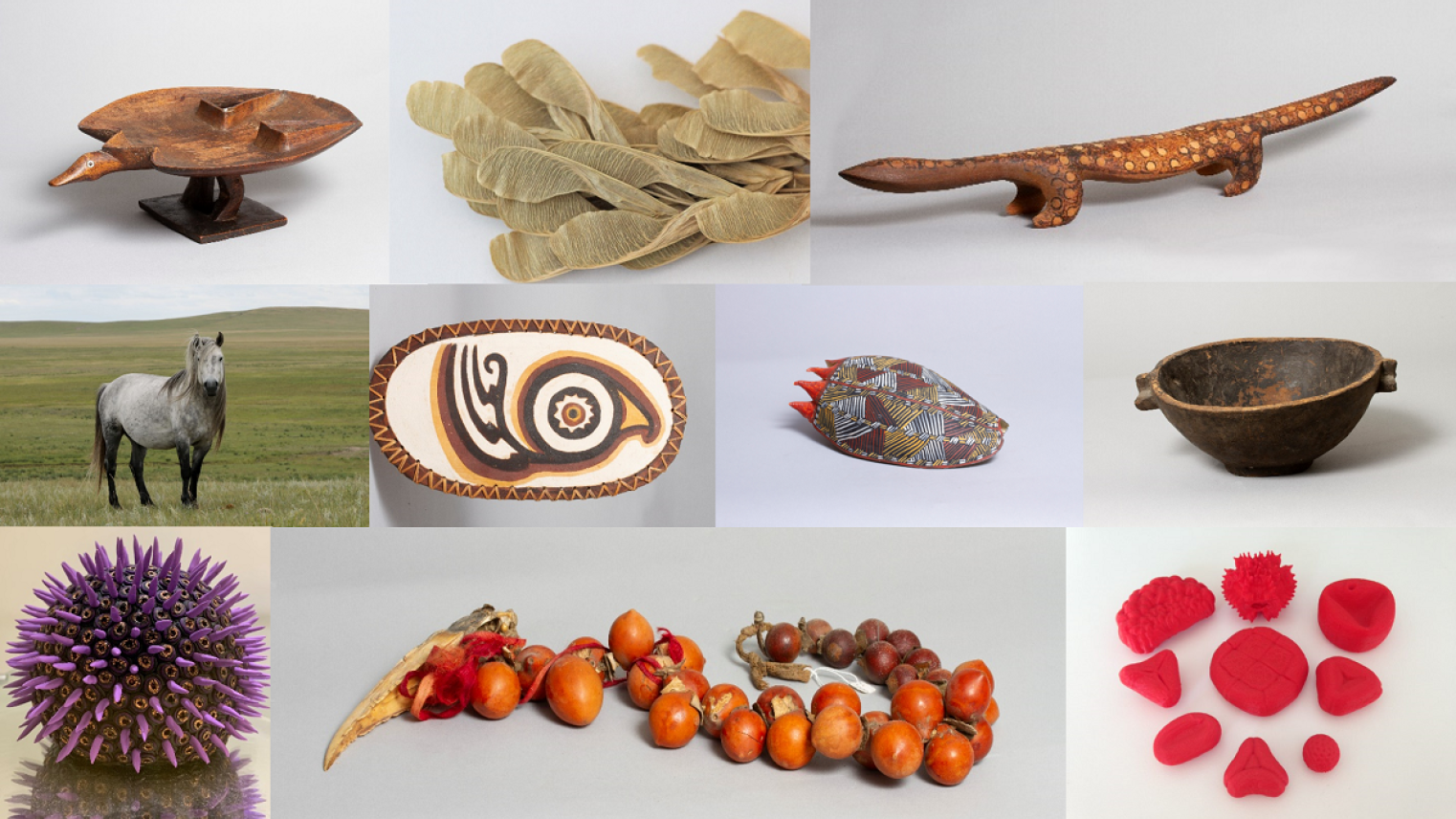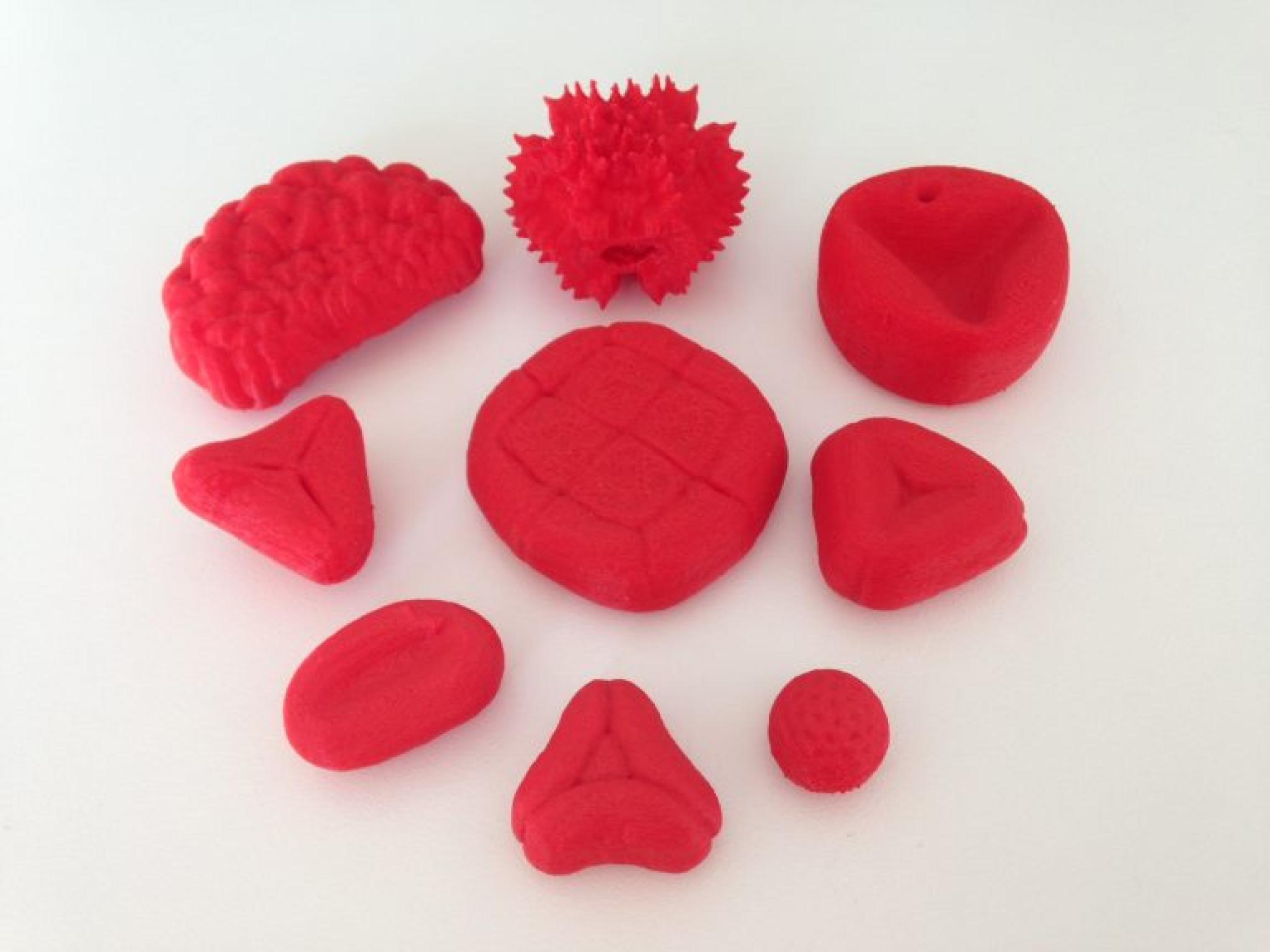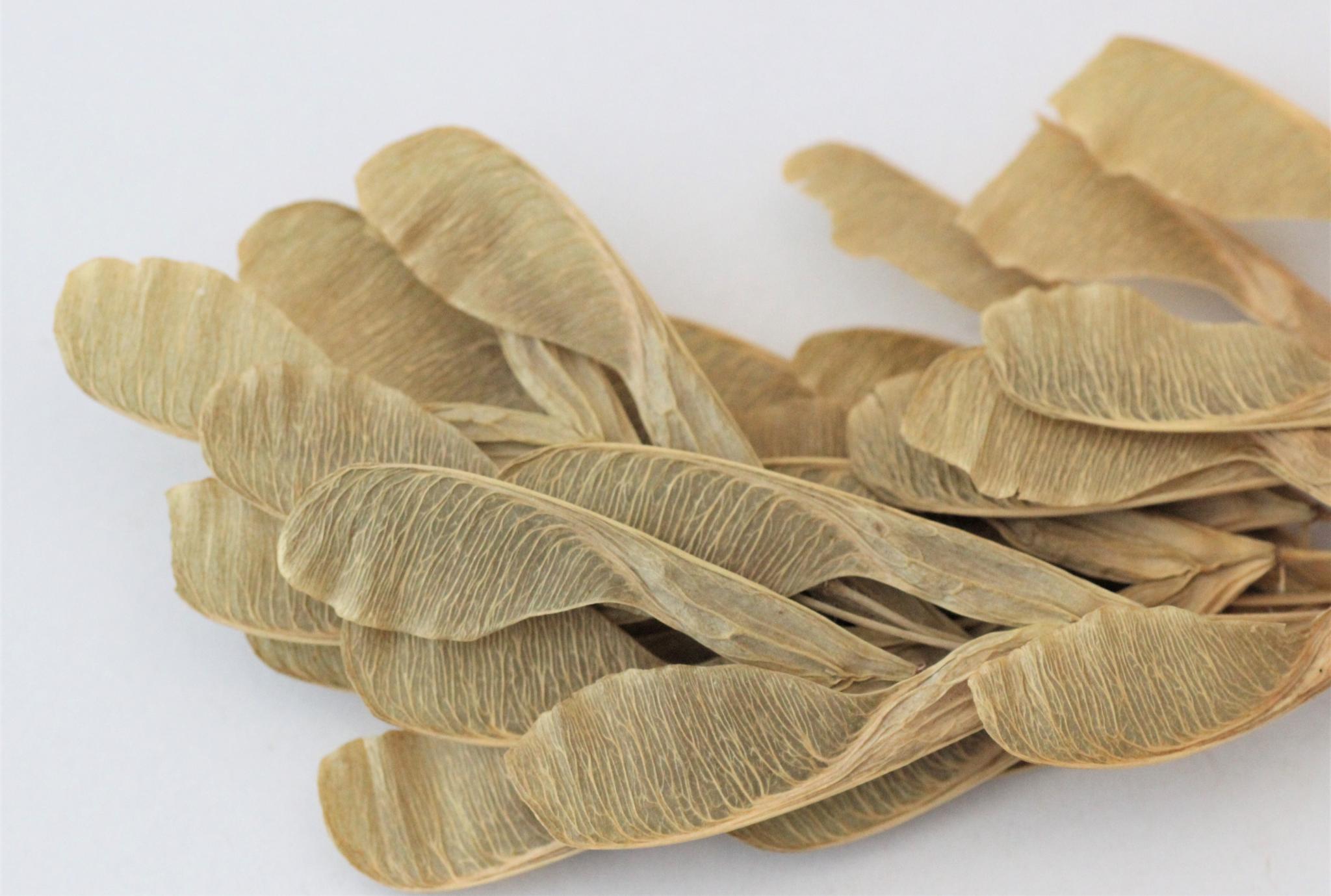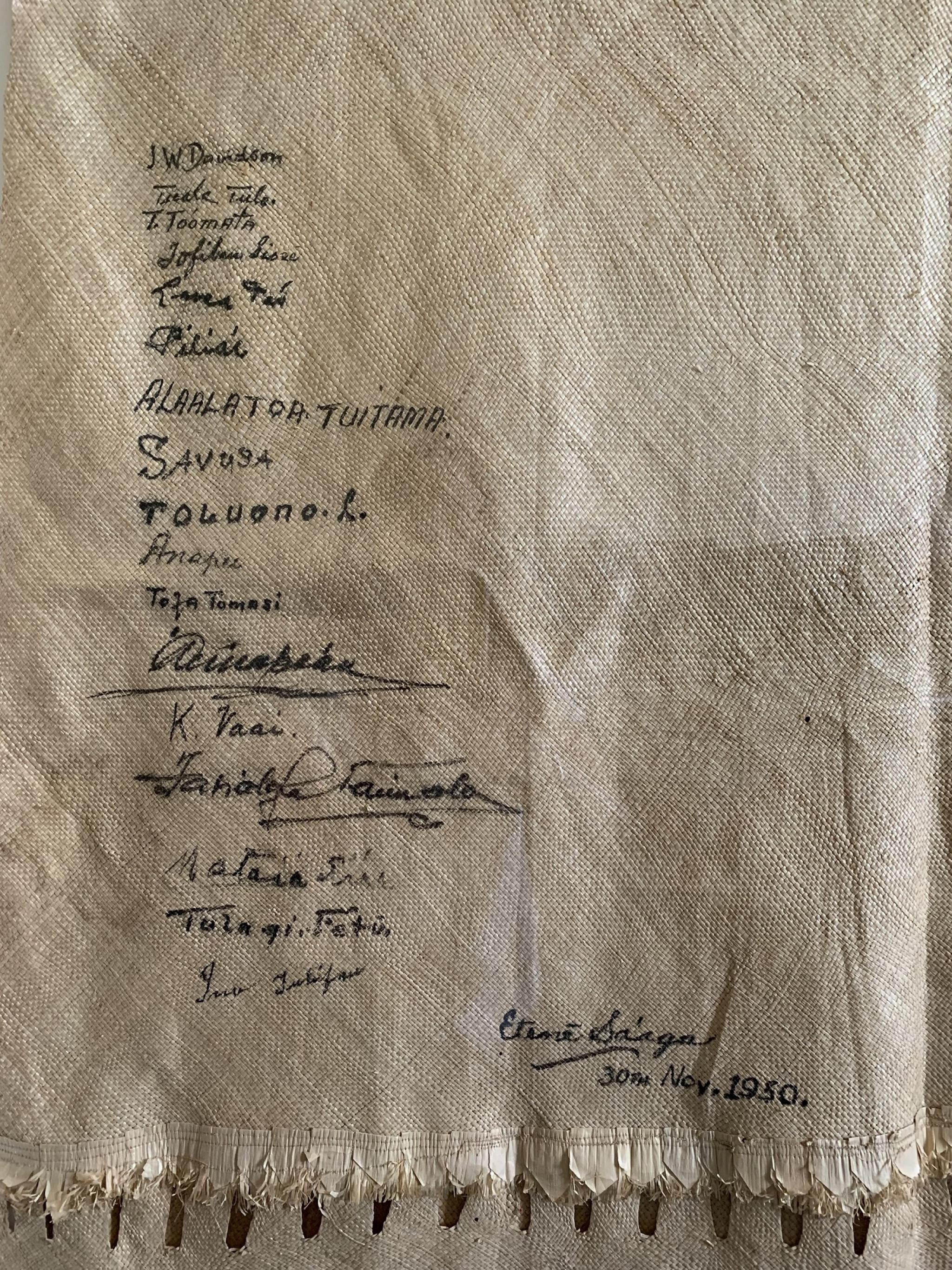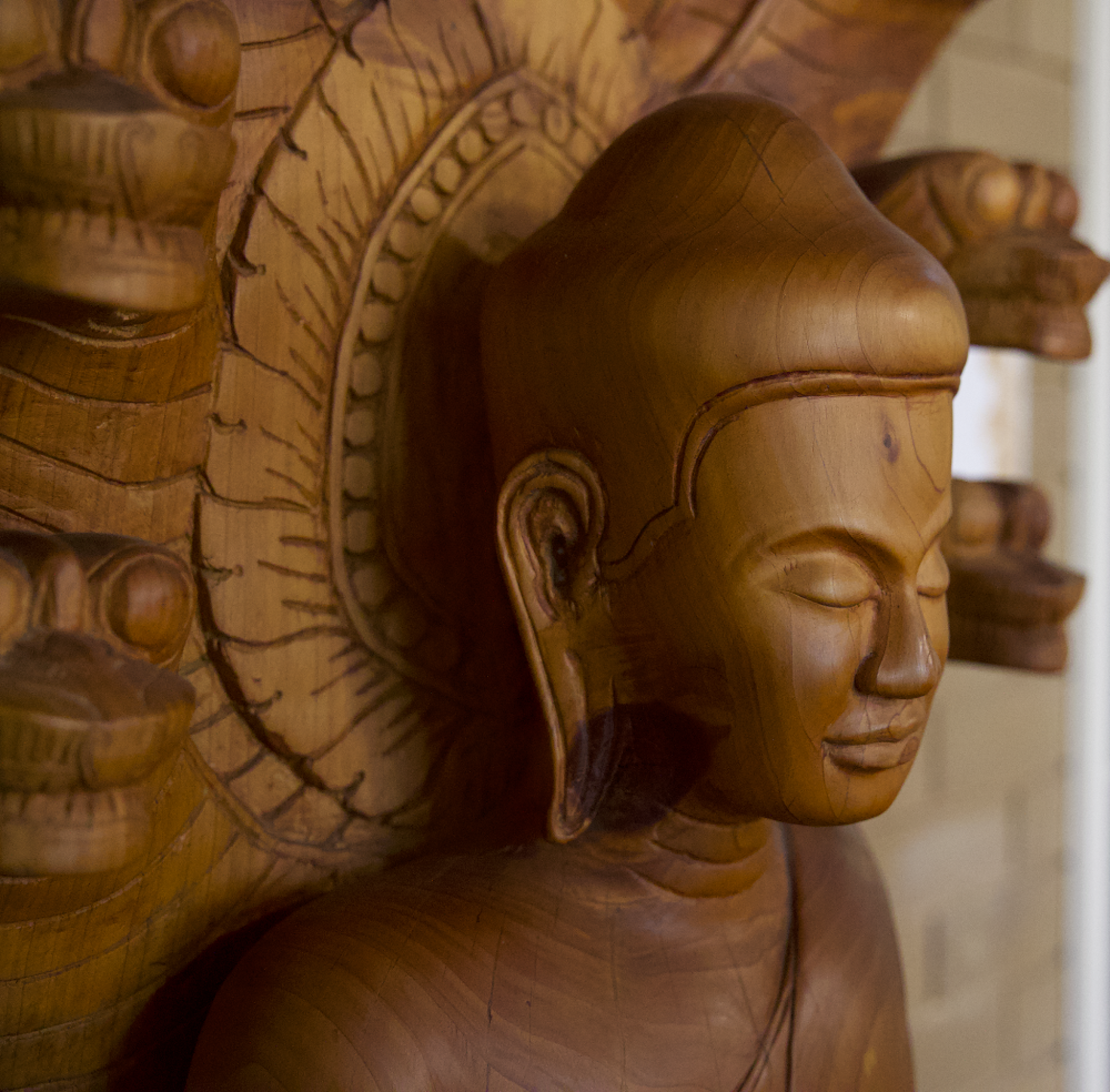Stories, Secrets and Legacies Unearthed
The College of Asia and the Pacific (CAP) is custodian of 11 collections, representing a veritable bouquet of art, cultural heritage objects and scientific reference material such as sediment core samples, obsidian, mollusc shells, dried plants, seeds, pollen spores and faunal remains from areas as close as Canberra and as distant as Comoros.
This material has been accumulated over several decades through the research and fieldwork activities of generations of researchers. Some items have been acquired as gifts from generous donors. The collections are valuable primary resources of cultural, historical, political and spiritual or scientific significance.
One of the compelling aspects of a cultural heritage collection is, of course, the snippets of history and stories behind the material. Take for instance, the oldest artefacts in the collection—a pair of rootstock clubs, fly swat, walrus tusk, and painted bark cloth from Fiji. They were gifted to the College by Keva Butler, the daughter of Sir William Allardyce (1861–1930), a British civil servant in the Colonial Office in Fiji between 1879 and 1904, including a stint as Acting Governor. Allardyce, by all accounts, acquired a significant personal collection, which, on his departure from Fiji, he deposited with the Suva Town Board. It formed the foundation collection of the National Museum established to preserve examples of Fijian craftsmanship and material culture.
The artefacts gifted to CAP provide a valuable record of traditional specialized skills at risk of dying out. The tusk, in particular, is a rare survivor. Walruses are not found in the waters around Fiji and would have been brought there by a trader. It is strung on a short length of plaited coconut fibre, in imitation of the polished tooth of the sperm whale or tabua, a precious object venerated in Fijian (I Taukei) custom.
